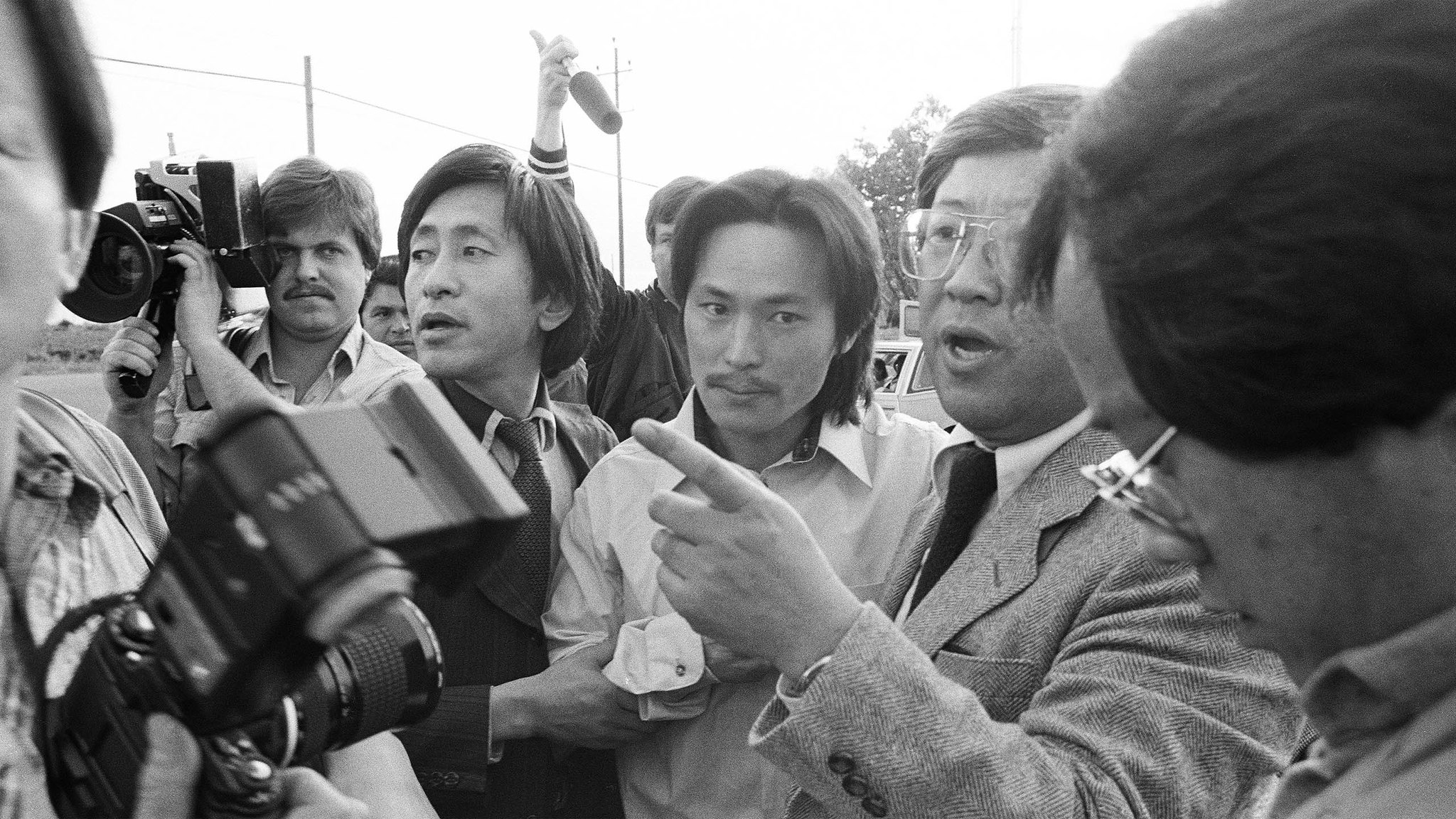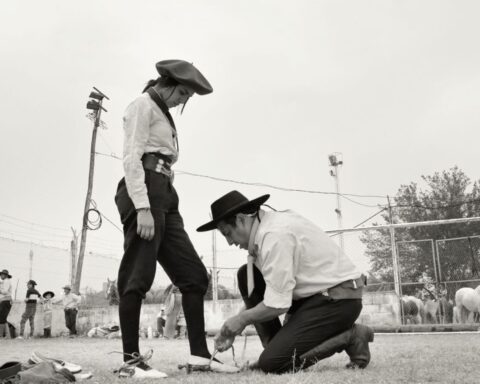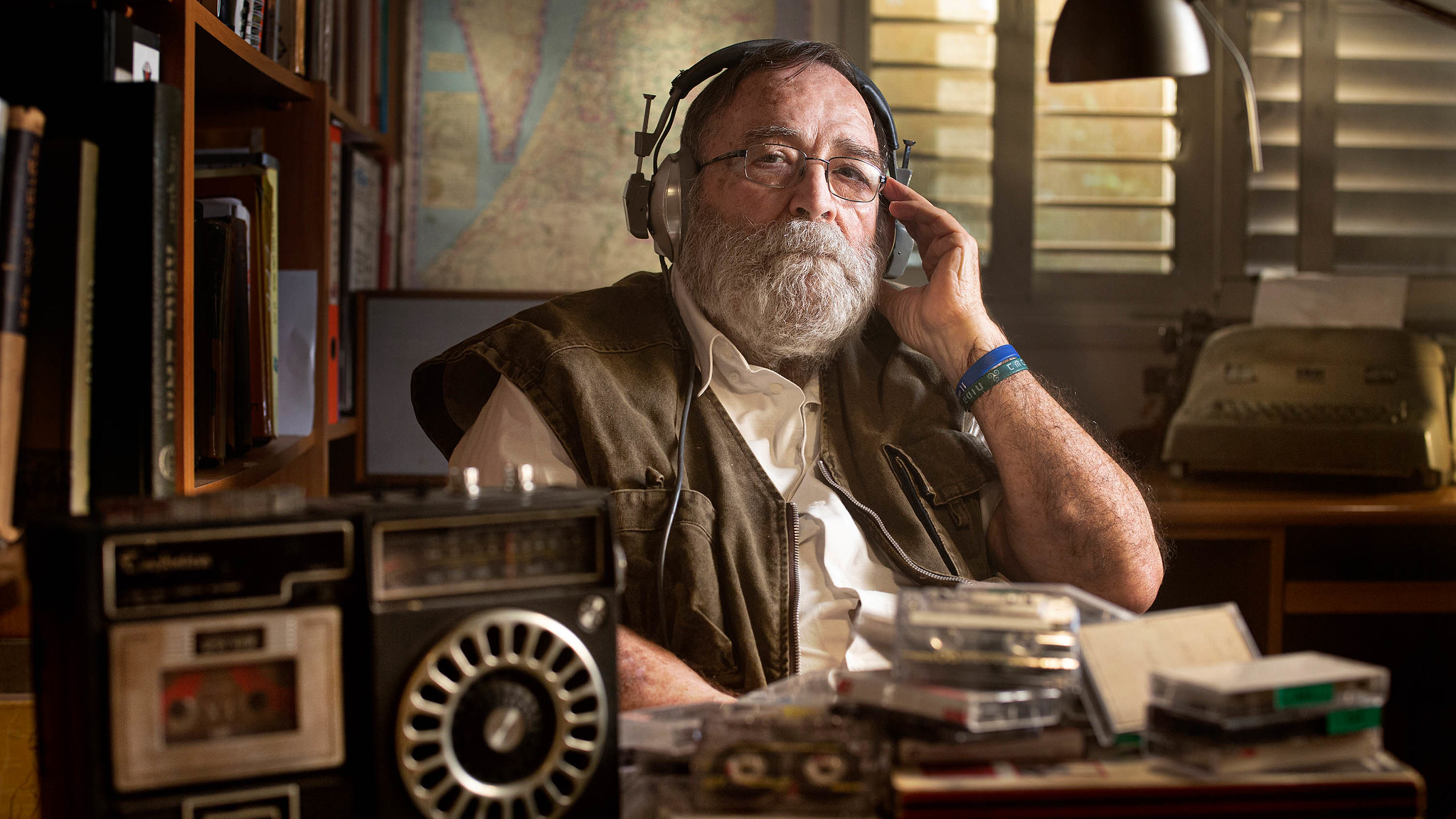Free Chol Soo Lee
(USA, 83 min)
Dir. Julie Ha, Eugene Yi
Programme: U.S. Documentary Competition
Chol Soo Lee passed away in 2014 at the age of 62 and in his relatively shortened life, he experienced enough turmoil to last multiple lifetimes. These events are the subject of Free Chol Soo Lee, a film that paints a portrait of Lee as a man, and explores the tenacity and strength of the Asian-American community at that time.
Lee is most well-known for being wrongly convicted, and eventually exonerated, for a murder that took place in San Francisco’s Chinatown in 1973. He was sentenced to life in prison until an investigative journalist, K.W. Lee, began writing about his case. From these articles, a grassroots movement formed, bringing together the various Asian communities that would see Lee get a retrial, and ultimately released from prison.
Using interviews and archival footage, directors Julie Ha and Eugene Yi feature members of the Asian-American movement, from activists to lawyers, with the underlying message being that Lee’s case inspired them to fight for their communities. While Ha and Yi don’t seem to raise it explicitly as a point of discussion with their interviewees, the fact that Koreans, Chinese, and Japanese came together was, and is, special. Lee would comment on this in an interview conducted after his release, stating, with a laugh, that he hoped his experience would “educate the Asian community that we can work together, when we want to.”
It’s a fleeting statement amidst a larger narrative, but one Ha and Yi don’t gloss over. Culturally and historically, there has always existed a divide among the Asian ethnicities, even when away from the motherlands. Lee’s case brought to light the injustices against Asians as a larger group, from cross-racial identification issues to discrimination from the police. Today, it seems almost a given that Asians will come together and support each other (as has been evidenced in recent hate crimes against Asian-Americans following the COVID-19 pandemic), but at that time, this would have been an exception not the rule.
Lee’s retrial rested on the flaws of the prosecution’s witnesses. Thankfully, Free Chol Soo Lee doesn’t get carried away with the legal semantics of his case. It explains the failings of the prosecution’s case clearly and while the reenactment of the murder feels dated and old-fashioned, Ha and Yi manage the narrative arc of Lee’s case well with plenty of engaging discussions of wider social issues. In particular, their exploration of why only non-Asian witnesses were willing to take the stand in a Chinatown murder was enlightening and helps contextualize the cultural differences at play.
While it may shock some audiences that Chinatown residents were afraid to testify at Lee’s trial, even today, many Asian-Americans would be reluctant to get involved in a case like this. The fear of reprisal or deportation may be too great of a risk, or simply, because of a conditioned response to adhere to cultural norms. For example, there is a Chinese saying, “the shot hits the bird that pokes its head out,” which is passed down from generation to generation, as is a similar Japanese proverb, “the nail that sticks out gets hammered down.” Both warn of the consequences of not keeping your head down and attracting unnecessary attention.
What also works well with the film is the non-linear format. By jumping straight into the murder charge and imprisonment, and then exploring Lee’s childhood, Ha and Yi organize the film in an almost academic manner, lending a critical eye while upping the drama. Importantly, Lee is never painted as a flawless hero. Instead, Ha and Yi give those closest to him the space to speak honestly about who Lee was, free of any sugar coating.
Following his release from prison, Lee struggled to rejoin society. Shocked by the fame and recognition he had received while incarcerated, Lee felt an incredible amount of responsibility to live a life free of mistakes. With people warning him not to let those who helped him down, Lee crumbled under the burden of being a role model figure. He turned to substance abuse and joined gangs, eventually returning to prison on a drug possession charge.
It would have been easy for Ha and Yi to build a sympathetic narrative by drawing connections to his difficult upbringing. But it’s clear from the interviews with those who helped his case, Lee surrounded himself with bad influences and went down a dangerous path.
Following an attempted arson gone wrong in 1991, Lee’s body was covered in third-degree burns. It was this incident that set Lee on a better course. He spent the last years of his life as a public speaker in universities and law schools, inspiring a younger generation to pursue a better life.
Free Chol Soo Lee leaves audiences with a bittersweet taste. There’s a deep tragedy to Lee. A man who never felt that he belonged anywhere, who was in the wrong place at the wrong time, and was born into a bad set of circumstances, he couldn’t quite get out until the eleventh hour. But then, there’s a sense of satisfaction with Lee’s ending. He eventually found his purpose and, hopefully, some happiness, however brief.
Through Free Chol Soo Lee, audiences are given a glimpse inside the Asian-American experience during the ‘70s and ‘80s, a history not often discussed or taught. The film also gives Lee’s story a voice. Ha and Yi do a brilliant job of presenting an unbiased, non-judgmental look at Lee, and leave enough room for audiences to draw their own conclusions. Lee’s miscarriage of justice is what drives the film, but the nuances in his story as the perpetual outsider are what stay with you.














